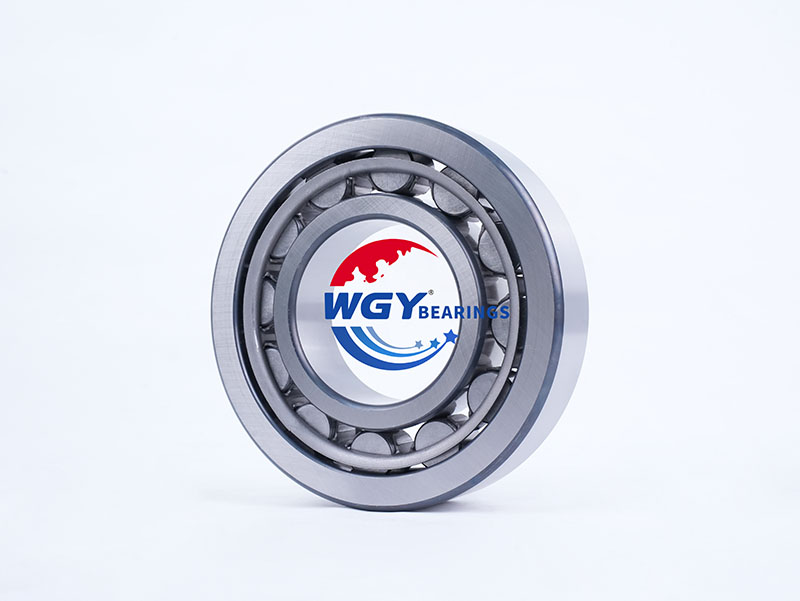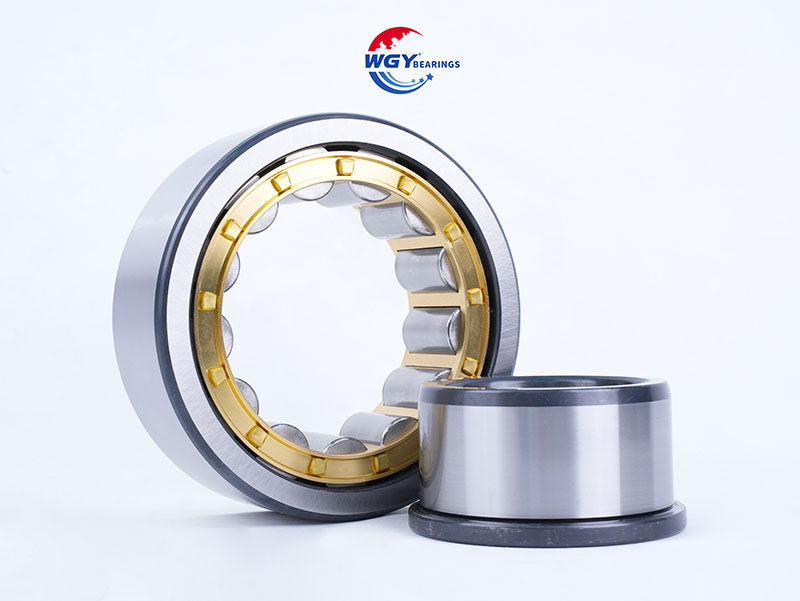Bearing Failure Analysis
Types And Causes Of Bearing Failure
INADEQUATE LUBRICATION
Correct lubrication is vital to preserving the life of the bearing. If you conduct a visual inspection and notice discolored grease or smell a burnt odor, it could indicate poor lubrication, which often leads to bearing failure. If lithium-based grease is used, the surface may be so brittle that even light taps with a sharp instrument can shatter it. If the bearing is running in an oil bath and fluid isn’t reaching the races efficiently enough, they could become dry to the touch or possibly blued. Any of the above warning signs will require in-depth examination as soon as possible.
MISALIGNMENT
If one side of any bearing is even slightly misaligned in relation to the other, the path of the rollers or balls will run to one side of the race from the other. This will occur on around half of the circumference of the non-rotating surface. The rotating ring is also very likely to have a wider roller path, which commonly results in frictional forces that produce a high enough temperature to affect efficiency or cause lubrication issues.





